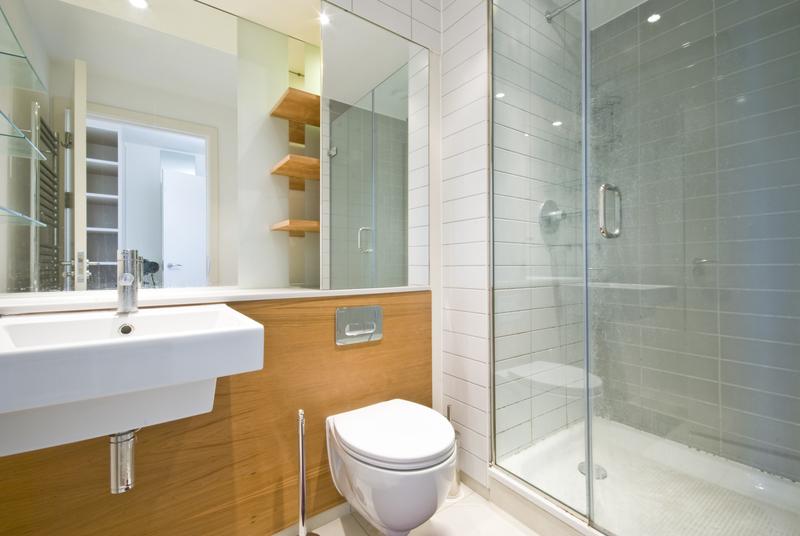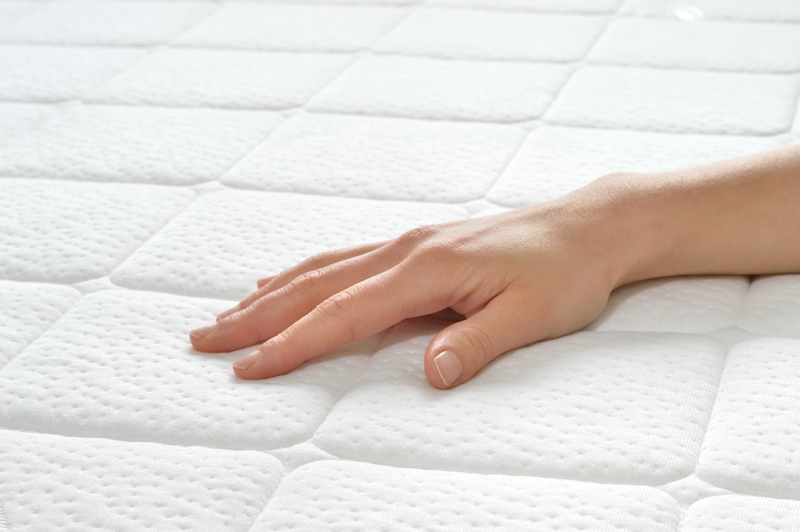Transform Your Kitchen Today: Proven Ways to Remove Burnt Stovetop Marks
Posted on 09/06/2025
Transform Your Kitchen Today: Proven Ways to Remove Burnt Stovetop Marks
Your kitchen is the heart of your home, but nothing brings down its look more than stubborn burnt stovetop marks. Whether from a boiling pot that spilled over or months of baked-on spills, these unsightly stains can be a real challenge to remove. Don't worry--you don't need to live with them forever. In this comprehensive guide, you'll discover proven ways to restore your stovetop's brilliance and transform your kitchen today.

Understanding the Problem: What Causes Burnt Stovetop Marks?
Before you can effectively clean burnt stove stains, it's important to understand their origin. Burnt stovetop marks are typically the result of:
- Boil-overs from cooking pasta, soups, or sauces
- Splattered grease and oil
- Residue from sugary foods, such as jams or syrups
- Food particles ignored during daily cleaning
- High temperatures baking stains deep into the surface
The longer these burnt marks remain, the harder they are to remove. Acting fast and using proper cleaning methods is essential for preserving the shine of your kitchen appliances.
Essential Preparations: Safety and Supplies
1. Safety Precautions
Always ensure your stovetop is completely cool before cleaning. If you have a gas range, disconnect it from the gas supply if possible. For electric or induction cooktops, unplug the appliance or switch off the circuit breaker to prevent accidental injury.
2. Gather Cleaning Supplies
- Soft sponges or microfiber cloths
- Non-abrasive scrubbers
- Baking soda
- White vinegar
- Lemon juice
- Commercial stove top cleaner (optional)
- Plastic or silicone scraper
- Rubber gloves
- Old toothbrush for detailing
Tip: Avoid using steel wool, wire brushes, or harsh chemicals, as these can scratch or damage your stovetop surface.
Proven Methods for Removing Burnt Stovetop Marks
Method 1: The Baking Soda and Vinegar Approach
Baking soda is a mild abrasive with natural deodorizing abilities. Combined with vinegar, it can tackle even the most persistent burnt stove stains!
- Sprinkle baking soda generously over the burnt areas of your stove.
- Lightly mist with white vinegar until the surface fizzes.
- Allow the mixture to sit for 10-20 minutes. This helps loosen burnt-on residue.
- Use a soft sponge or microfiber cloth to gently scrub the marks in a circular motion.
- For tough spots, apply more baking soda paste and let rest another 10 minutes.
- Wipe clean with a damp cloth and dry.
This solution is safe for both glass stovetops and traditional enamel surfaces.
Method 2: Lemon Juice and Baking Soda Paste
If vinegar is too pungent, lemon juice is an effective alternative. It contains natural acids that break down scorched food and leave a fresh scent.
- Mix baking soda with lemon juice to form a thick paste.
- Apply directly to the burnt stovetop marks, spreading evenly.
- Allow the paste to sit for 15-20 minutes.
- Scrub with a non-abrasive sponge.
- Rinse and polish with a clean, damp cloth.
*This method is gentle enough for all cooktop types and leaves your kitchen smelling delightful.*
Method 3: The Power of Steam
Steam is a secret weapon for removing burnt food residue. If you have a steam cleaner, use it on the toughest marks. If not, here's a simple trick:
- Fill a heat-resistant bowl with water and a few drops of lemon juice or vinegar.
- Place it on a burner and heat until steam forms.
- Turn off the burner and let the steam settle over the affected area for 10 minutes (ensure the cooktop surface is still safe to touch).
- Once the surface cools, wipe away softened stains with a cloth.
Method 4: Commercial Stove Top Cleaners
Sometimes, commercial cleaners specially formulated for burnt stovetop stains can deliver outstanding results.
- Follow the manufacturer's instructions carefully.
- Usually, apply the product, let it sit, then gently scrub with the included pad or a recommended sponge.
- Avoid harsh abrasives or chemicals that can damage sensitive surfaces.
Tip: Always test a small, inconspicuous area before treating the entire stovetop.
Method 5: The Plastic Scraper Technique
For thick, baked-on residue, a plastic or silicone scraper can be your best friend. Never use metal blades, as they may scratch the glass or ceramic!
- Hold the scraper at a 45-degree angle.
- Gently push against the burnt marks with steady but gentle pressure.
- After scraping, follow up with a baking soda paste or soapy sponge to clean any leftover grime.
Special Care for Different Stovetop Materials
Cleaning Glass Stovetops
- Use only non-abrasive sponges and cleaners.
- Avoid anything acidic that may etch the glass.
- Clean up spills promptly to prevent burning.
Enamel or Porcelain Stovetops
- Baking soda and vinegar are ideal for these surfaces.
- Do not use sharp objects or scouring pads.
Stainless Steel Stovetops
- Always scrub with the grain to avoid scratching.
- Use specialized stainless steel cleaners for a streak-free finish.
- Dry thoroughly to prevent water spots or rust.
Preventing Future Burnt Marks on Your Stove
An ounce of prevention is worth a pound of cure. Keep your stove looking new with these easy habits:
- Wipe spills immediately: Don't let food or liquid sit and bake onto the surface.
- Deep clean weekly: Make a habit of using baking soda or commercial cleaner for a deeper wipe-down.
- Use proper cookware size: Pans that are too small or too large can cause uneven heating and spills.
- Use burner liners: For gas stoves, these trap excess spills, making cleanup easier.
- Check for leaking pots or pans and replace them if needed.
Common Questions About Burnt Stove Stains
Are burnt marks permanent?
*Most burnt marks can be removed with persistence and the right cleaning solution. Extremely deep or old marks may become permanent, but regular maintenance will prevent this.*
Will abrasive pads scratch my stovetop?
Yes, abrasive pads like steel wool or metal scrapers can scratch glass, ceramic, and enamel surfaces. Always use soft, non-abrasive materials.
How do I ensure my kitchen stays fresh after cleaning?
Wipe your stovetop with a damp, scented cloth or spray a natural cleaner made of water and lemon/lavender oil for a lasting fresh aroma.
Final Thoughts: Enjoy Your Kitchen Makeover
Removing burnt stovetop marks doesn't need to be a dreaded chore. With these proven methods using everyday household supplies, you can easily restore the shine and cleanliness of your kitchen. Not only does a sparkling stove enhance the look of your space, but it also prolongs the life of your appliances.
Don't let burnt stains dim the shine of your kitchen. Act today using these tested strategies, and enjoy your kitchen's fresh, inviting feel every time you cook.

Frequently Used Keywords & Variations
- Burnt stovetop marks
- remove burnt stovetop stains
- how to clean burnt stove
- burnt marks on stove
- get rid of burnt marks
- transform your kitchen
- stovetop cleaning methods
Conclusion
By taking the time to address burnt marks promptly and caring for your cooktop with the right products and techniques, you will transform your kitchen easily. Remember, consistency is key: a quick wipe after each use is much easier than a deep clean after months of buildup. Make kitchen cleaning a rewarding habit, and enjoy the comfort and pride of a spotless, beautiful cooking space!




